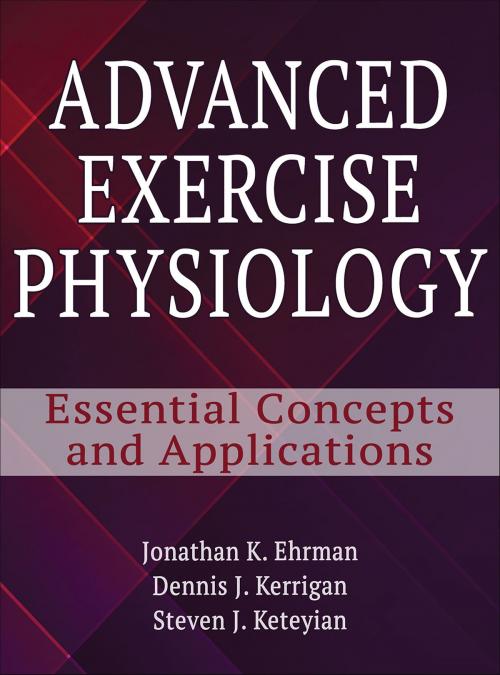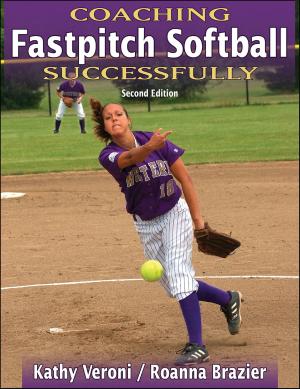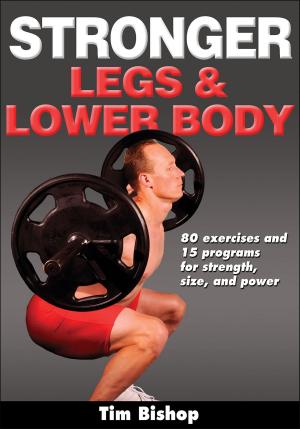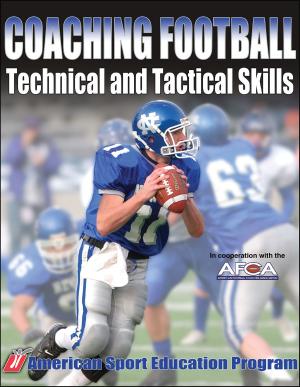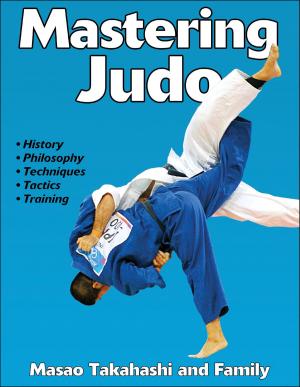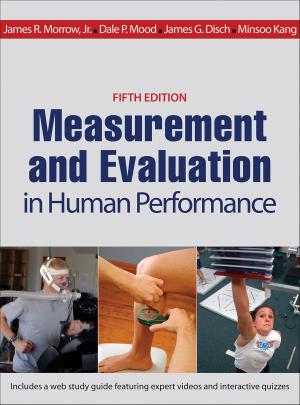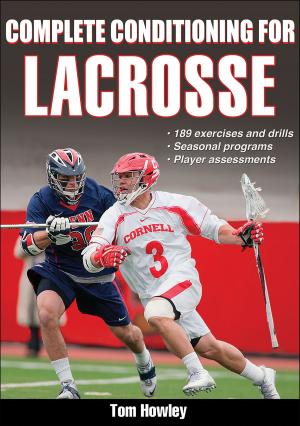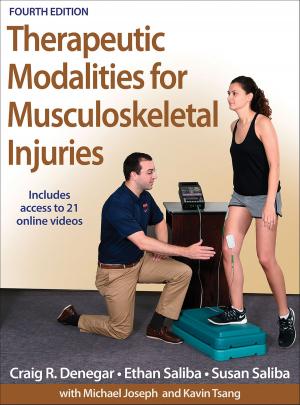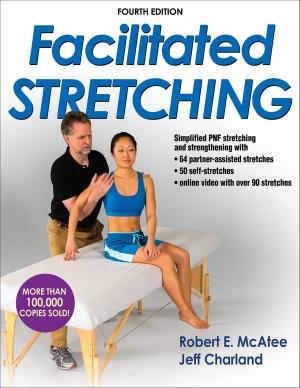Advanced Exercise Physiology
Essential Concepts and Applications
Nonfiction, Health & Well Being, Medical, Medical Science, Physiology, Science & Nature, Science, Biological Sciences, Human Physiology| Author: | Jonathan K Ehrman, Dennis J. Kerrigan, Steven J. Keteyian | ISBN: | 9781492585251 |
| Publisher: | Human Kinetics, Inc. | Publication: | August 29, 2017 |
| Imprint: | Human Kinetics, Inc. | Language: | English |
| Author: | Jonathan K Ehrman, Dennis J. Kerrigan, Steven J. Keteyian |
| ISBN: | 9781492585251 |
| Publisher: | Human Kinetics, Inc. |
| Publication: | August 29, 2017 |
| Imprint: | Human Kinetics, Inc. |
| Language: | English |
Advanced Exercise Physiology: Essential Concepts and Applications builds upon foundational topics and looks further into key physiological components to help advanced students gain a deeper level of understanding. Authors Jonathan K. Ehrman, Dennis J. Kerrigan, and Steven J. Keteyian address a wide range of complex topics with evidence-based information and a focused, targeted style.
The first five chapters offer a detailed examination of the various body systems. The next two chapters focus on exercise testing and training principles, as well as training adaptations as they relate to aerobic power, anaerobic power, range of motion, and resistance training of healthy individuals and competitive athletes. The remaining chapters focus on a variety of topics, including athletic performance, body composition and weight management, and environmental influences of exercise physiology. The final two chapters bring a unique perspective to the book with a review of the relationship between exercise physiology and public health and a look at recent and emerging topics in the field, including genomics and pharmacology.
Enhancing the content are learning aids, more than 140 images and illustrations, and practical examples from among clinical patients, healthy individuals, and competitive athletes. Key terms and their definitions appear at the end of each chapter; these help students understand key concepts and serve as a useful reference for practitioners. The appendixes contain information related to topics such as efficiency and energy expenditure, metabolic equivalent (MET) values of common activities, and the professionalization of exercise physiology.
For instructors, Advanced Exercise Physiology also includes a test package and an image bank to assist wtih classroom lecture preparations. The ancillaries, in-text learning components, and comprehensive content combine to create an ideal text to be used in advanced courses in exercise physiology.
Advanced Exercise Physiology: Essential Concepts and Applications builds upon foundational topics and looks further into key physiological components to help advanced students gain a deeper level of understanding. Authors Jonathan K. Ehrman, Dennis J. Kerrigan, and Steven J. Keteyian address a wide range of complex topics with evidence-based information and a focused, targeted style.
The first five chapters offer a detailed examination of the various body systems. The next two chapters focus on exercise testing and training principles, as well as training adaptations as they relate to aerobic power, anaerobic power, range of motion, and resistance training of healthy individuals and competitive athletes. The remaining chapters focus on a variety of topics, including athletic performance, body composition and weight management, and environmental influences of exercise physiology. The final two chapters bring a unique perspective to the book with a review of the relationship between exercise physiology and public health and a look at recent and emerging topics in the field, including genomics and pharmacology.
Enhancing the content are learning aids, more than 140 images and illustrations, and practical examples from among clinical patients, healthy individuals, and competitive athletes. Key terms and their definitions appear at the end of each chapter; these help students understand key concepts and serve as a useful reference for practitioners. The appendixes contain information related to topics such as efficiency and energy expenditure, metabolic equivalent (MET) values of common activities, and the professionalization of exercise physiology.
For instructors, Advanced Exercise Physiology also includes a test package and an image bank to assist wtih classroom lecture preparations. The ancillaries, in-text learning components, and comprehensive content combine to create an ideal text to be used in advanced courses in exercise physiology.
